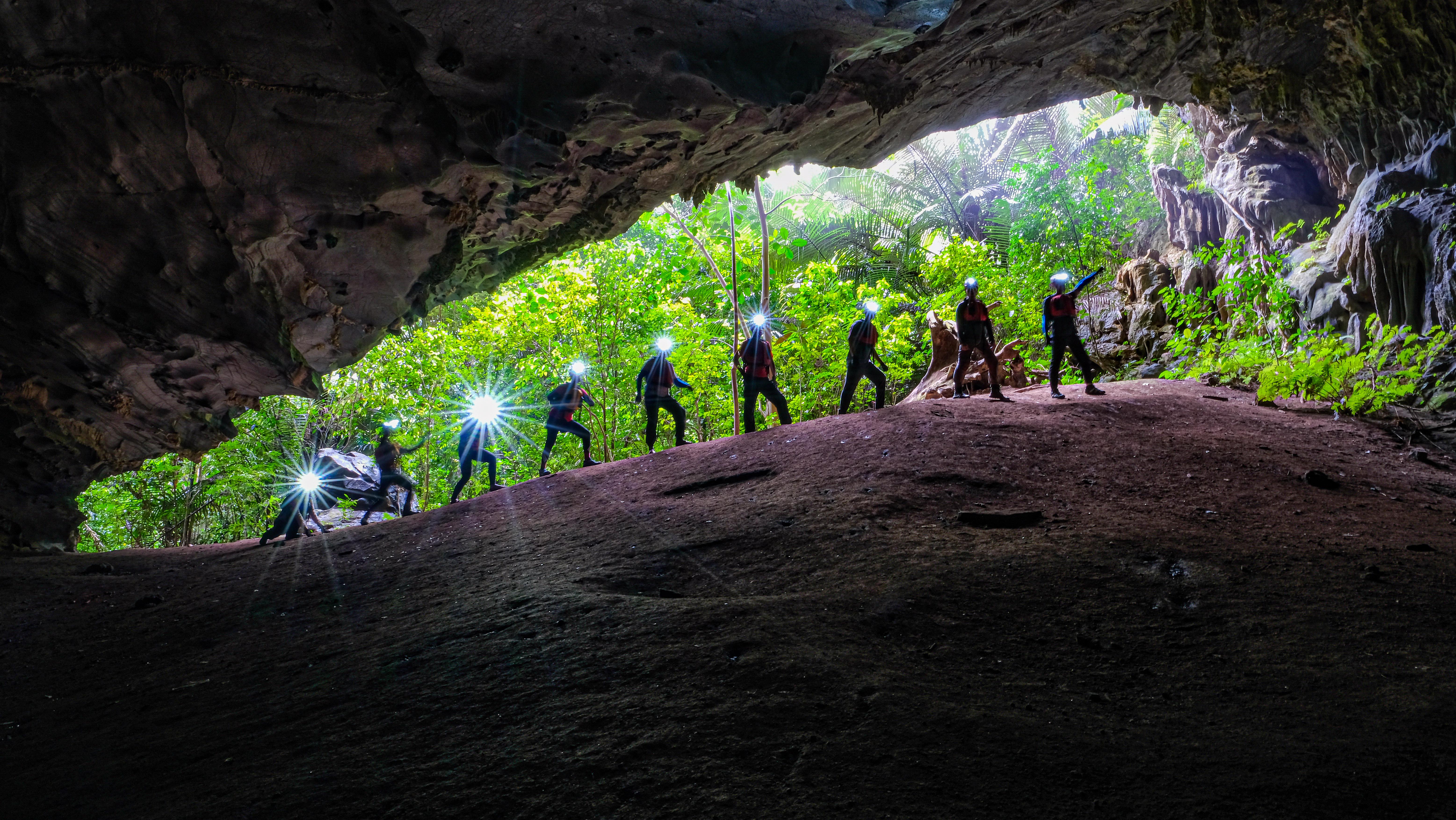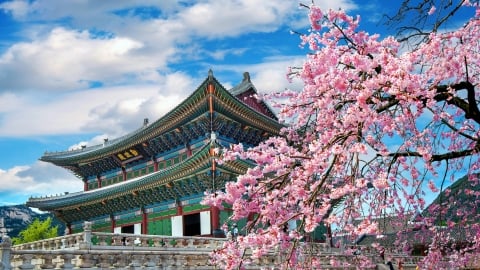In recent years, especially after the Covid-19 pandemic, sustainable tourism has become an important topic that has been "dissected" and analyzed worldwide, as a response to the negative impacts of traditional tourism on the environment and society.
As Vietnam is famous for its majestic natural beauty and rich cultural identity, sustainable tourism is not only a trend but also a commitment to the future.
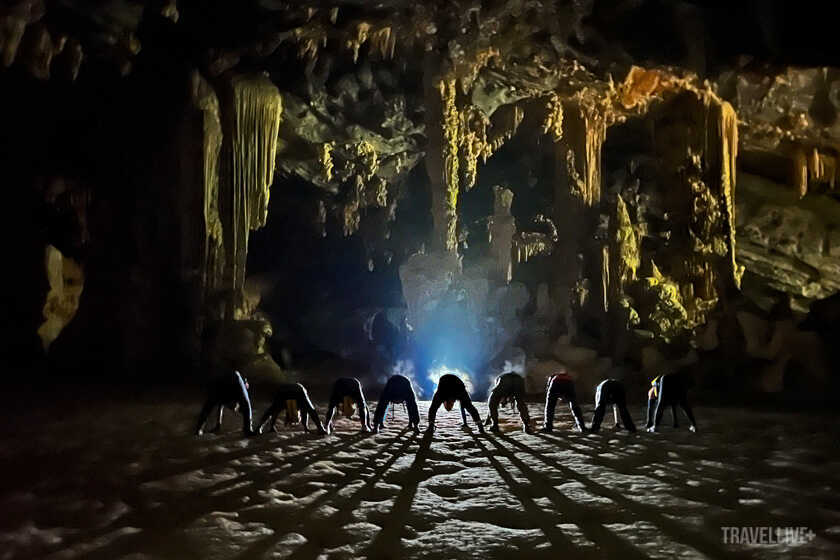
Sustainable tourism is becoming a new trend that is gradually spreading everywhere and each country has its own way of exploiting and preserving it.
Sustainable tourism is simply understood as a way of developing and implementing tourism activities in which the conservation of natural resources, environmental protection, respect for indigenous cultures and positive contributions to the local economy are given top priority. Not only stopping at minimizing negative impacts on the environment, sustainable tourism also focuses on creating positive values for both tourists and local communities.
Why is sustainable tourism a popular trend?
Increased awareness of climate change and biodiversity loss has made sustainable tourism a priority for both consumers and policymakers. People are increasingly looking for meaningful travel experiences that contribute to environmental protection and improve the quality of life for their communities.
Simply put, when traveling, whether "backpacking" or "luxury", sustainable tourism directs people to the values they really need. In the past, hotels required toothbrushes, slippers or razors. However, the sustainable tourism model helps save fuel and human resources. If tourists really need them, they will take these items before checking in and take as much as they need. In addition, many tourists now also like to receive vouchers or discounts on meals in restaurants, instead of cleaning their rooms every day. That is also a way to develop sustainable tourism - what is needed will be provided, not provided from the beginning.

Coming to Hoi An, you can feel an ancient atmosphere, as if this is where time stops.
In Vietnam, Quang Binh is one of the most typical and characteristic places for the sustainable tourism development model, especially with Son Doong - the world's largest natural cave recognized by the world and becoming a symbol of adventure tourism. The idea was formed in the 90s, until now Oxalis Adventure has been a pioneer in organizing experiential tours and cave exploration in Vietnam. When the cave exploration model was applied in Quang Binh, 500 local workers had jobs and cave exploration tours from Tu Lan, Tien Cave, En Cave... brought completely different experiences to tourists.
Immersing yourself in nature and completely without the Internet for a few days, taking on seemingly impossible challenges to overcome your limits, admiring the natural beauty that has existed for thousands of years and enjoying the feeling of “detoxing” your soul are “addictive” experiences for many tourists to Quang Binh. And the most important thing that each cave tour in Quang Binh brings is awareness in protecting the natural environment, almost never seeing garbage appearing like in mass tourist destinations.
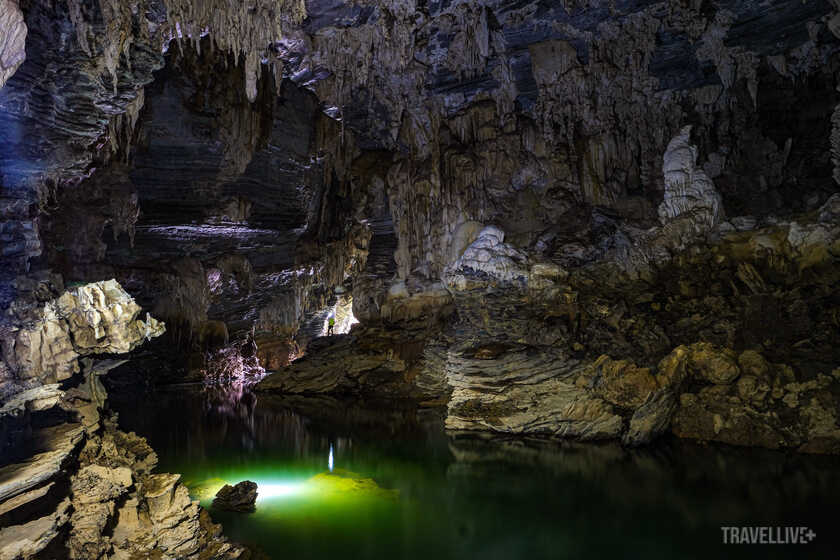
Immerse yourself in nature at Tu Lan Cave, Quang Binh
By 2013, the journey to bring Son Doong to the world had become a milestone for sustainable tourism development in Vietnam as well as making international friends overwhelmed and wishing to come here once in their lives. Up to now, after more than 10 years, the Son Doong tour still maintains the spirit and sustainable goal of only welcoming a limited number of 1,000 people into the cave each year.
Hoi An is also a prime example of sustainable tourism development. The city has made efforts to preserve its ancient culture and architecture while still opening its doors to visitors from all over the world. Limiting the number of visitors, encouraging the use of environmentally friendly means of transport such as bicycles, and organizing traditional cultural events are measures that have been applied. Coming to Hoi An, you can feel an ancient atmosphere as if this is a place where time has stopped. However, around Hoi An, there are still many comfortable, high-class resorts that still retain their traditional characteristics, expressed from the architecture to the interior.
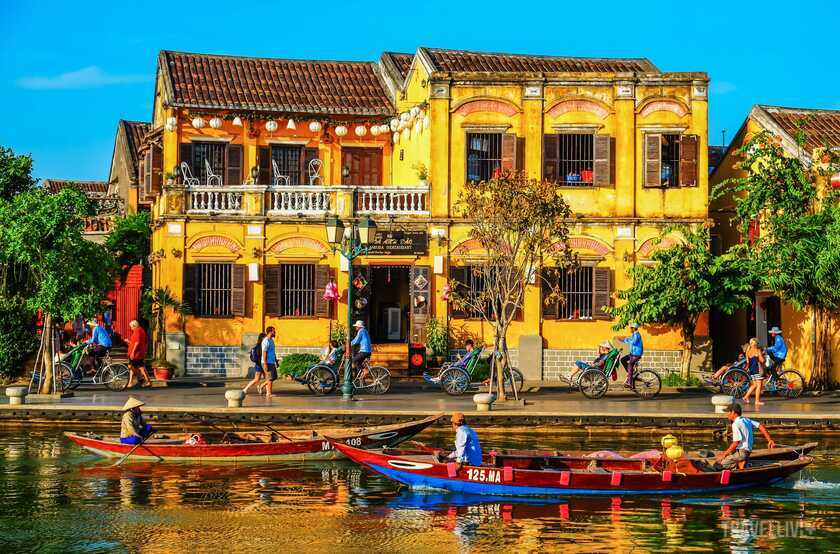
Hoi An is also a typical example of sustainable tourism development.
When traveling responsibly
For sustainable tourism to develop, changing tourist awareness is key. In Vietnam, many educational campaigns have been launched to raise awareness of the importance of protecting the environment and local culture. Young people, with their great influence on social media, are becoming the main target of these campaigns, encouraging a more responsible lifestyle and way of traveling.

In Hida village, Japan, many tourists can enjoy traveling by bicycle.
Many young people now often choose places that apply sustainable tourism models, from hotels, restaurants to landscapes. Japan is one of the countries that most strongly develops this model. In Hida village, many tourists can enjoy traveling by bicycle, admiring the natural scenery. The Nipponia hotel chain, located in many locations across Japan, follows the model of renovating old houses or historical sites into a 4-star boutique hotel, fully equipped but still bearing the mark of time. With sustainable tourism, local people are the main human resource because more than anyone else, they are the ones who know best about the land they live in and will become storytellers with full sophistication in lifestyle.
In the past, no matter how beautiful the countryside was, it was difficult to retain young people after they grew up and started their careers. However, with the growing trend of sustainable tourism, we have seen the trend of “leaving the city to return to the countryside”, turning each land into a unique story waiting to be told.
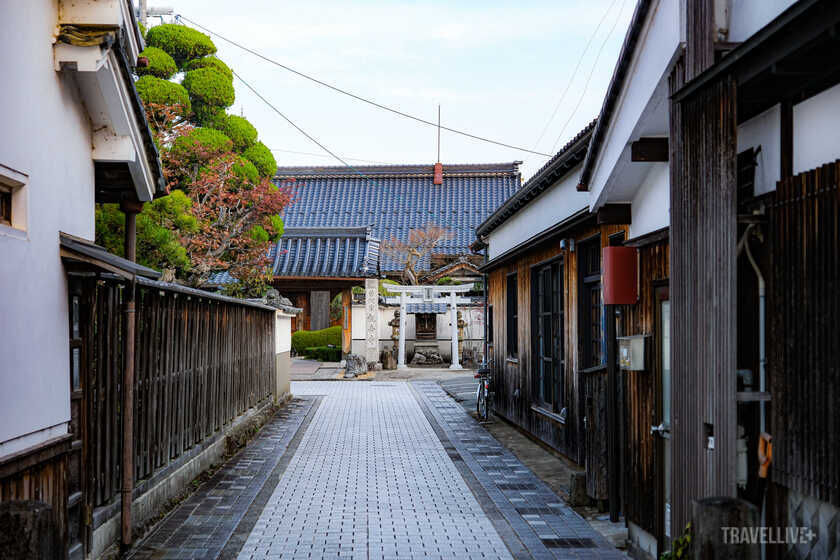

Many young travelers now choose places that apply sustainable tourism models, from hotels, restaurants to landscapes. Japan is one of the countries that has developed this model the most.
The key to expanding sustainable tourism
Sustainable tourism development requires the joint efforts of the Government, businesses and the community. Financial support policies, reasonable land use planning and the application of green technology in tourism management are important factors. In addition, creating unique tourism products associated with local cultural and natural values is also the key to attracting tourists sustainably.
“The world’s adventure travel tycoon” and co-founder of Intrepid Travel (one of the world’s leading groups in sustainable travel) Darrell Wade recently stopped in Vietnam. Darrell Wade said that more and more tourists now value the development of sustainable tourism in the places they visit.
“Do they use plastic bags? How do they manage their natural resources? How do they utilize their workforce? These questions will determine their trip and how long they plan to stay,” says Darrell Wade.
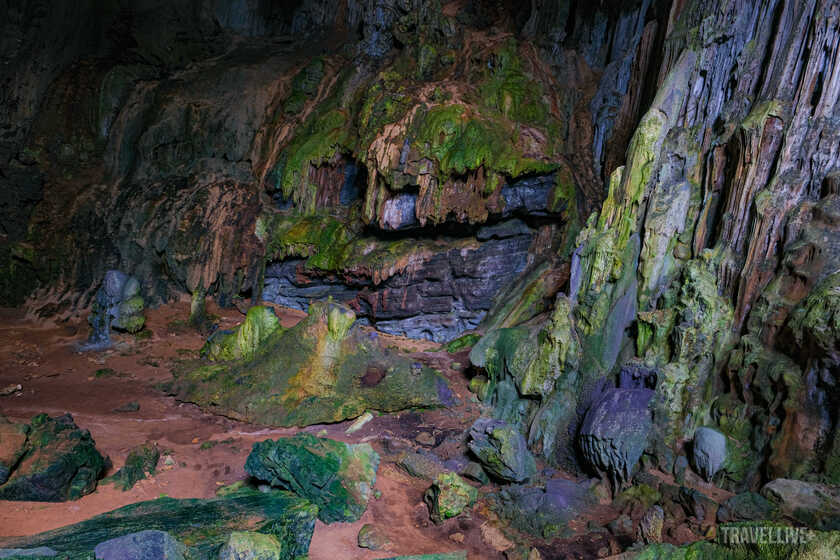

Continuing to encourage and support the development of sustainable tourism not only helps preserve valuable resources but also opens up new economic opportunities for local communities, while enhancing Vietnam's position on the world tourism map.
Sustainable tourism is not a destination; it is a journey of respect: respect for culture, respect for the environment and respect for local communities.






